Mastering Mealtime with GERD: How to Eat to Prevent Acid Reflux
Both Acid Reflux and Gastroesophageal Reflux Disease (GERD) can significantly impact one's quality of life, leading to uncomfortable symptoms like heartburn, regurgitation, and chest pain. As a gut health dietitian, I have worked with countless patients to utilize mealtimes strategies that can help prevent acid reflux and improve overall digestive health. In my practice, I found that shifting the focus from what and more towards how we are eating can be fundamental in preventing acid reflux symptoms.
Here are my 5 essential strategies to improve digestion and minimize painful acid reflux symptoms.
Eat Smaller, More Frequent Meals
Instead of having 2-3 large meals a day, opt for 4-5 smaller meals to ease the burden on your digestive system. Larger meals can put pressure on the lower esophageal sphincter (LES), the valve that separates the stomach from the esophagus, increasing the risk of acid reflux. Smaller meals allow for better digestion and reduce the likelihood of stomach acid flowing back into the esophagus. The mealtime framework that tends to work best for my clients includes eating every ~4 hours: Breakfast, Lunch, Snack, and a lighter dinner. Dietitian Tip: The afternoon snack is key in preventing overeating at dinner and consequential reflux symptoms.
Slow Down and Savor Meals
Eating slowly, with the intention of relaxing and enjoying your food can actually improve your digestion. Mindful eating has been linked to increased parasympathetic response (rest and digest state), helping to signal to your body that it is time to digest and absorb nutrients! This may also help to gauge a more accurate sense of fullness, reducing the likeness to over-eat and putting excess pressure on the LES. Additionally, eating more slowly, and chewing your food well may also help reduce acid reflux by slowing the rate at which the stomach fills. Lastly, chewing well helps stimulate the production of digestive enzymes in the mouth and eases the digestive burden on your stomach. Remember: your stomach doesn’t have teeth!
Limit Liquid Intake During Meals
Drinking large amounts of liquids during meals can distend the stomach, putting pressure on the LES and increasing the risk of acid reflux. Instead, sip water throughout the day between meals to stay hydrated. If you find it helpful, have a small glass of water during meals, but avoid gulping large quantities.
Mind Your Posture
Maintaining good posture during and 1-2 hours after meals is an underrated tip for preventing acid reflux. Sit upright while eating, and avoid slouching or lying down immediately after meals. If you're prone to GERD symptoms at night, consider elevating the head of your bed to reduce the chance of stomach acid flowing back into the esophagus.
Practice Stress-Reducing Techniques
Stress can worsen GERD symptoms by affecting the function of the digestive system. Incorporate stress-reducing techniques such as meditation, deep breathing exercises, or yoga into your daily routine. Reducing stress can have a positive impact on gut health and alleviate acid reflux symptoms.
Incorporating these mealtime tips into your daily routine can significantly improve your experience with GERD and prevent uncomfortable acid reflux symptoms. One of the most challenging aspects of mastering mealtimes is simply remembering to utilize these strategies. Setting reminders on your phone or placing strategic post-it notes can help you successfully implement these tips to prevent acid reflux. Remember that consistency is key as you integrate these essential mealtime strategies into your life.
Written by Molly Pelletier, MS, RD, LDN | Molly is a Registered Dietitian specializing in Acid Reflux, GERD, and LPR. Molly's personal struggles with acid reflux were the catalyst that led her to complete her BS & MS degrees in Nutrition Science at Boston University and dedicate her career to acid reflux nutrition therapy. Molly's background in nutrition science and personal health journey culminated in the curation of her Nutrition Practice, FLORA Nutrition, where she shares evidence-based tools to help others heal from acid reflux/GERD.


